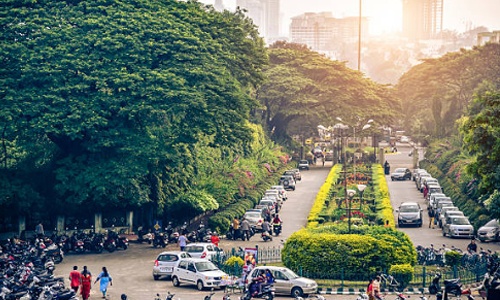
Bengaluru, India
Bangalore is the 3rd most populous city in India with a population of 8.4 million in the metropolitan area. Bangalore gained its nickname “Silicon Valley of India” for its role in for leading the revolution of IT outsourcing. Large IT players such as Infosys, Wipro, ISRO, Flipkart, Biocon, and HAL are all headquartered in the city and contribute to 33% of India’s IT exports. It also has a GDP of $83Billion, making it the 4th largest in India, behind Mumbai, Delhi and Kolkata. India is home to 57 Global 2000 companies. They are: Reliance Industries; ONGC; ICICI Bank; TCS; Bharti Airtel; Infosys; Wipro; Tata Steel; Mahindra and Mahindra; HCL and Adani Enterprises just to name a few.









